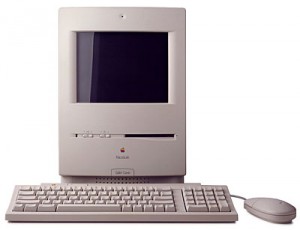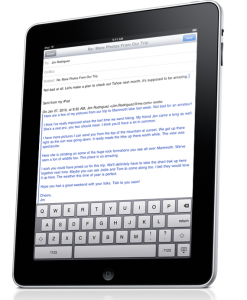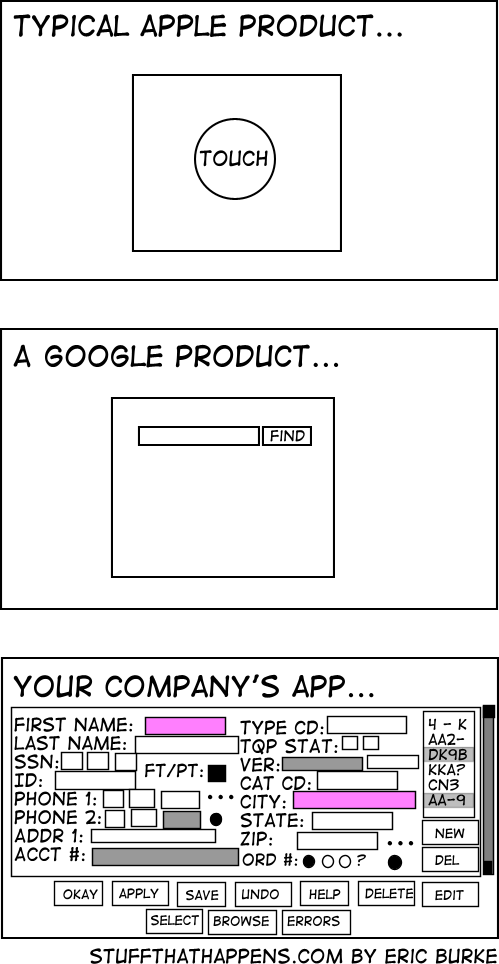Earlier this week I promised a bake-off between the HTC Touch Diamond and the iPhone 3G but I’m sorry to say that I’m going to have to cry defeat. The Diamond is a lovely piece of hardware. It’s a ‘candy bar’ phone, very compact, sold-feeling, well put-together and with a gorgeous high resolution screen. The … Continue reading “HTC Touch Diamond”
Earlier this week I promised a bake-off between the HTC Touch Diamond and the iPhone 3G but I’m sorry to say that I’m going to have to cry defeat.
The Diamond is a lovely piece of hardware. It’s a ‘candy bar’ phone, very compact, sold-feeling, well put-together and with a gorgeous high resolution screen.
The TouchFLO software is very nice. It’s beautiful. It’s high-contrast, it’s touch-enhanced and the text ad email reading applications really make use of the screen. Others had said it was slow but the version we had was quite fluid. It was later that things bogged down.
It becomes apparent that the TouchFLO interface is just a veneer on the Windows Mobile software below which, if it had some sort of consistency wouldn’t be so bad.
HerIndoors was getting rid of her First Generation iPhone and getting into a Diamond because she wanted the best phone and it’s certainly the best looking phone out there. Phones, much like shoes and bags, are a fashion accessory. But after using it for 24 hours, she tearfully admitted that she hated it and wanted to go back to using the iPhone. Her reasons:
- So slow when launching applications.
- Not pretty once you get past TouchFLO
- It needed the stylus because the menus were so small.
- You needed to read a manual to use it.
Some things worked really well. As I mentioned, TouchFLO is really nice. And the camera in the Diamond really is very good, providing decent enough resolution, great autofocus and, in the end, some pretty great shots.
Muddling through and using MarkSpace’s MissingSync software we managed to get contacts and photos synchronised (though Music was a problem) and she set about using it. The browser in TouchFLO is not as fast and responsible as MobileSafari so that when you’re actually using the device, sure, it’s a 3G phone and downloading the information fine, but it’s too slow to navigate around.
Setting the date and time as well was a chore. Scrolling through a huge list to get to the United Kingdom just got us to another list. And if your ‘scroll swipes’ hit it wrong then you’d end up selecting another country at random and the process had to start again. There was no way to skip to ‘U’ which there might have been on a phone with a keypad. This isn’t a condemnation of ‘touch’ phones but of an underlying operating system that is designed for keypads.
The speed issue was considerable. Every application took a lot longer than the iPhone equivalent to load and you quickly got glimpses beyond the sleek TouchFLO interface and into the murky world of Windows Mobile. With every tap on the screen you could expect a pregnant pause as the tap was translated to the underlying hardware and the results computed. We’re talking about maybe the difference between half a second and 1.5 seconds but in a device like a phone, a sluggish interface is very noticeable.
Also, the inconsistency between hitting the TouchFLO OK buttons at the bottom of the screen and the Windows Mobile OK button at the top left of the screen made it all more confusing as I was scanning my eyes around trying to figure out where the next OK needed tapping. And, it uses a resistance based screen (not capacitance) which, as I understand it, means it works with a stylus and fingernail but not too well with fingers. That would explain some of the scrolling issues.
These may seem to be relatively minor things but when they add up, it was simply too much. As I mentioned, the hardware is beautiful and we can hope that HTC does something similar with an Android phone later this year. On paper, this phone is a lot better than the iPhone. In execution it is incredibly flawed. This may, on the other hand, suit someone who has low expectations on the usability of a phone, who is used to Windows Mobile (though TouchFLO isn’t anything like Windows Mobile and draws the ire of HTC critics who claim the company is breaking the standard interface.).
So, when she sat down and I suggested we do the bake-off between the Diamond and my new iPhone 3G, she refused and asked me to reformat the device to remove all of her details because it was going back. Boom, that’s that. I don’t blame her because, frankly, I found the whole experience to be a chore and it may be a real shame that I’m now spoiled and expect a UI for my phone that’s simple enough to use without a manual and is responsive to my touch. The HTC Touch Diamond is now repacked back in the box to be exiled back to the supplier.








